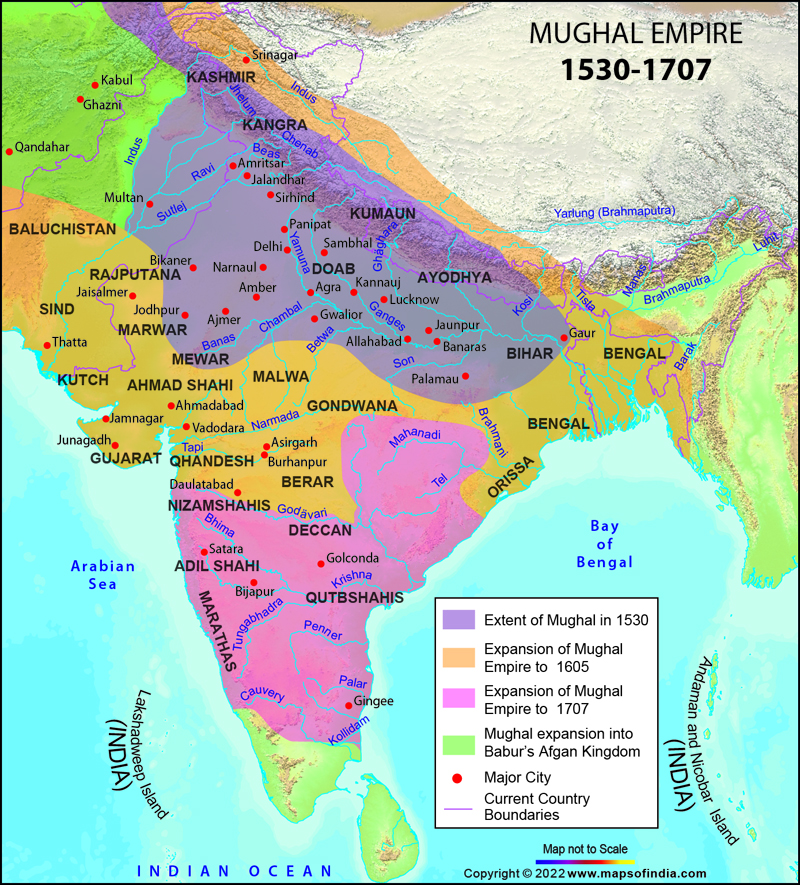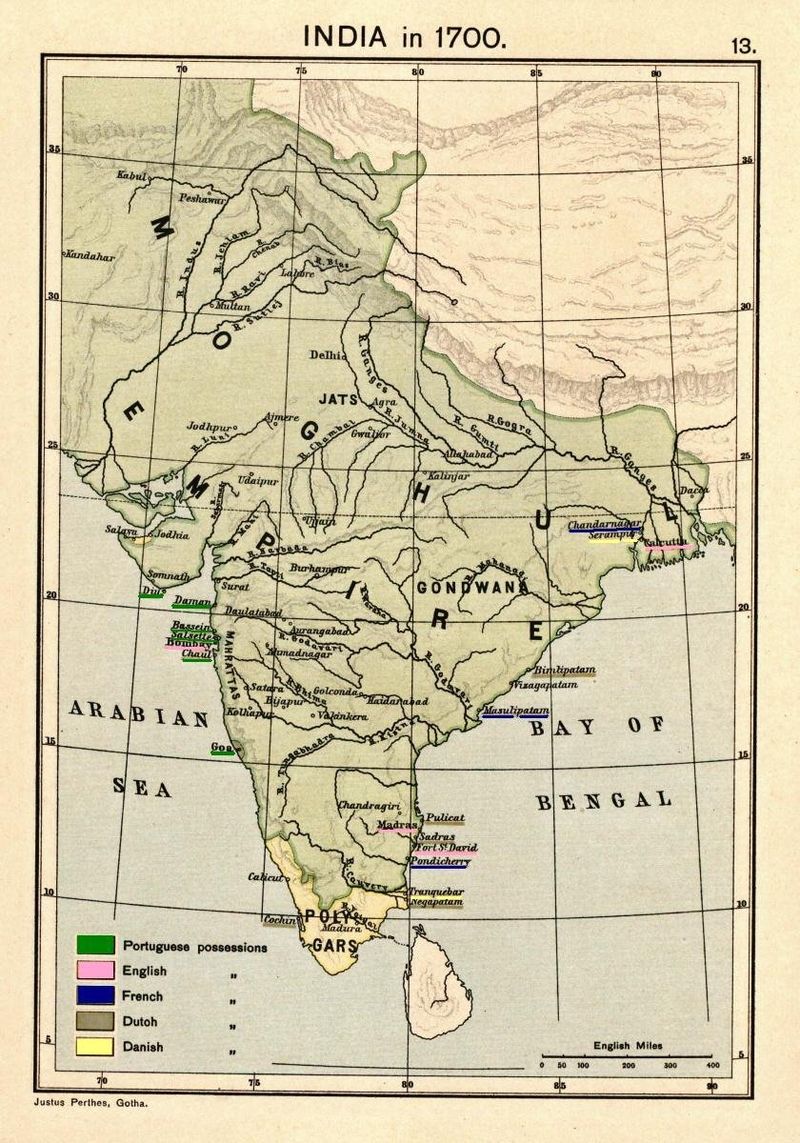Sindh Conquest
- Hyderabad, Pakistan was the capital.
- Sher Mohammed was king during British annexation in 1843. He was already a signatory of Subsidiary Alliance and loyal to its provisions but due to its economical aspects and other features British have conquered it using the subsidiary forces that are supposed to protect. This was an act of gross misuse of the subsidiary alliance.
- Annexation of Bengal, Mysore and Maratha were given justification. But annexation of Sindh was a naked example of British imperialism and there was universal condemnation of this act.
- Charles Napier was the resident of who was a good friend of Sher Mohammad. On orders of the then Governor General Ellen Borough he has to conquer the territory using the forces against his friend. He describes this act as treachery. Later he wrote a letter to Ellen Borough in a very diplomatic way saying 'I have Sindh', which gives two meaning that he has conquered Sindh and he has 'sin'.
Punjab Conquest
- During disintegration of Mughal Empire, 12 small Sikh kingdoms emerged in Punjab which was known as Misel and the rulers were called 'Miseldars'.
Maharaja Ranjit Singh
- Miseldar of Sukherchekia who little later took a title Maharaja who ruled from 1792 to 1839.
- He conquered all other Misels and created a huge Sikh state with Lahore as capital.
- He was a very good administrator and possessed a huge army which is 2nd most powerful after British.
- He donated gold to 'Harmandir Sahiba' and got it plated with gold, since then it is known as 'Golden Temple'.
- He was a man of religious tolerance.
-->His Prime Minister was Pandit Dinanath, a Brahman
-->His Governor of Peshawar was Avitabile, an Italian
- He has maintained the cordial relationship with British so there were no revolts against him. His relations were not only political but also personal relations.
- In less than 10 years after his death, Sikh state was annexed by British.
- After his death in 1839 his minor son 'Dalip Singh' came to power and defacto authority was his mother 'Jindan'. During this period two wars were fought between Sikhs and British knew Anglo-Sikh wars.
First Anglo-Sikh War
- In this war the Governor General Hardinze I fought against Sikh forces in which Sikhs were defeated.
- This war concluded with a truce 'Treaty of Lahore'.
Second Anglo-Sikh War
- In this war, the then Governor General Dalhousie defeated Sikh forces and annexed Sikh state.
- Dalip Singh and his mother Jindan were sent to London as pensioners. Later this family settled in London and descendants of Ranjit Singh are still seen in London.
- This was the last war fought by British in India this means Punjab was the last kingdom to be conquered by means of war. This doesn't put an end to the conquest of British but only means changed. Hereafter they annexed Indian territories through diplomatic ways. By this time British became so powerful and Indian Kings who were not so powerful were not in a position to offer resistance so they simply bent down for British.
Doctrine of Lapse
- Dalhousie an imperialist developed an imperial scheme to annexe diplomatically called '
- The doctrine of Lapse'.On this pretext, territories were annexed.
- This says, if there was no any natural born heir to the throne (Born to King and Queen, not adapted) then British were empowered to annexe such state. Few kingdoms which were annexed on this pretext were annexed
-->1848 - Satara, MP
-->1849 — Sambhalpur (Orrisa), Jaipur (Bundelkhand)
-->1850 Bhagat (Punjab)
-->1852 — Udaipur (Rajasthan)
-->1863 —Jhansi (MP) - widow Jashi Lakshmi Bhai adopted a son as her successor.
-->1854 —Nagpur (Maharastra)
- In 1856 Dalhousie wanted to annex 'Avad state' but the then King 'Wajid Ali Shah', a very old man and has a natural born legal heir. So Dalhousie who wanted Avad badly at any cost developed another scheme called 'Mis-Governance'. On the pretext of Mis-governance, the king was dethroned and territory was annexed. Deposed king was sent to Calcutta as a pensioner but soon king died heart Sobbing.
This was the last kingdom to be conquered by British in India by any means with this British conquest In India came to an end.


